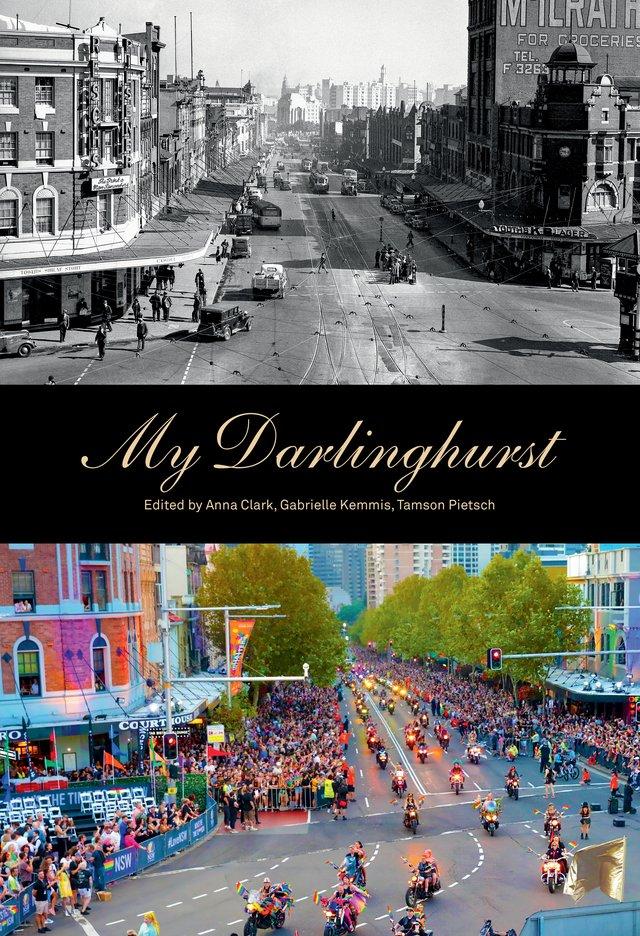FASS academics release My Darlinghurst
Academics from the Australian Centre for Public History at UTS are celebrating the launch of their new book My Darlinghurst, which was released late last year.
Professor Anna Clark, Associate Professor Tamson Pietsch and Dr Gabrielle Kemmis edited the new book, which profiles the colourful Sydney neighbourhood. The book is one of the projects borne of the partnership between the Paul Ramsay Foundation (PRF) and the Australian Centre for Public History at UTS.

Image courtesy of UNSW Press Ltd.
My Darlinghurst reveals the stories of its migrant and Indigenous residents, the razor gangs and brothels, the soldiers and wharfies, and the artists and LGBTQIA+ communities who have made – and continue to make – Darlinghurst their home.
The editors say the importance of My Darlinghurst lay in its ability to illuminate the past, this understanding allows us to grasp the complexity of our communities and nurture a sense of care and lasting attachment.
Telling stories about pasts - who we are, where we come from - is a way of orienting ourselves in the present and imagining and enacting a collective future. What gets remembered and what gets forgotten, who gets to speak and who gets heard: these questions are connected to the way our communities are constituted and to the possibility of a shared and flourishing life in this country.
Centre Director and project leader, Associate Professor Tamson Pietsch
Darlinghurst, a triangle of 800 square metres on the Eastern edge of Sydney’s CBD, has long been shaped by its geography. Traditional owners the Gadigal people used Rushcutters Creek for millennia, before it was redirected underground by colonists in the late 1800’s, now forming the route for Boundary Street. The natural sandstone was quarried by convicts and prisoners from the local gaol, used to build the expanding city, and leaving exposed rock faces to this day. The streams which ran from these rocky ridges were the site for the colony’s first water mills.

Bayswater Road Darlinghurst, 1960. Photo: City of Sydney archives. Unique IDA-00008629
Its proximity to the harbour and the expanding Sydney city has shaped the suburb’s community over the years, a mixture of the poor and the wealthy, criminal and respectable, itinerant and established. Institutions such as the hospital, the courthouse and the Darlinghurst Gaol (now home to the National Art School) still stand.
The support of the Paul Ramsay Foundation has been essential to the project. The funding was provided to engage the diverse voices that make Darlinghurst unique and create a forum to amplify and preserve their stories.
My Darlinghurst was published by NewSouth is available now.

